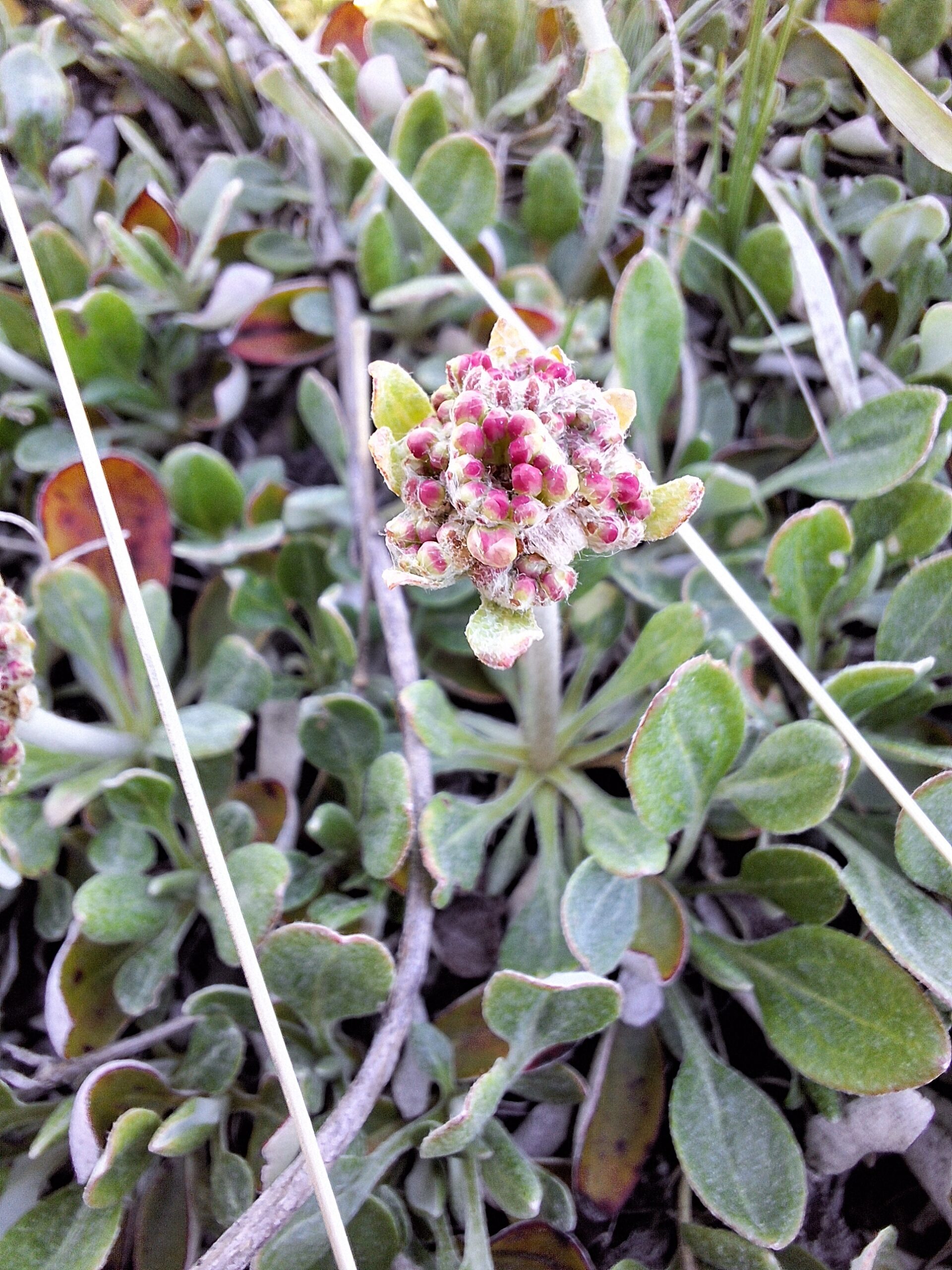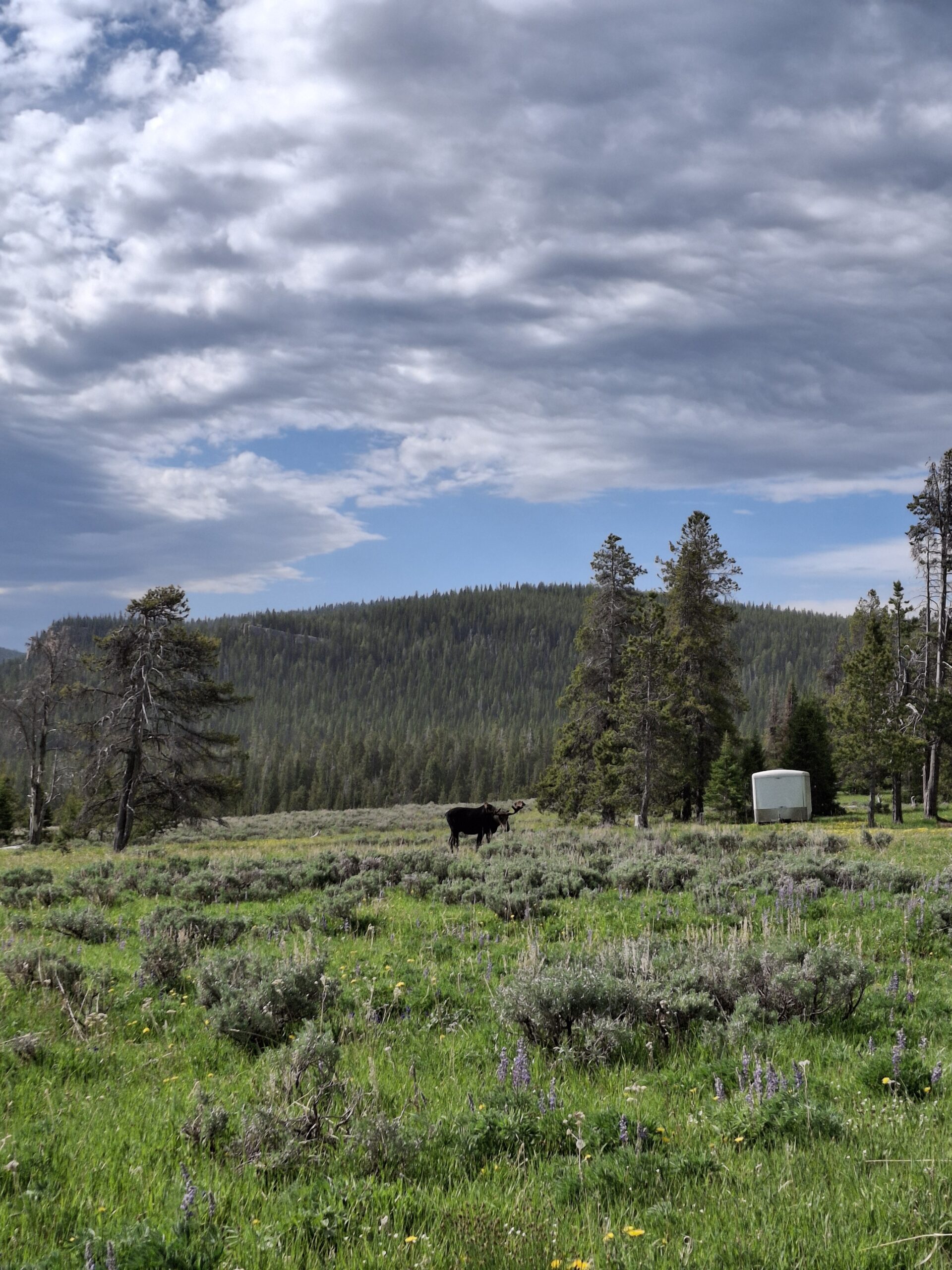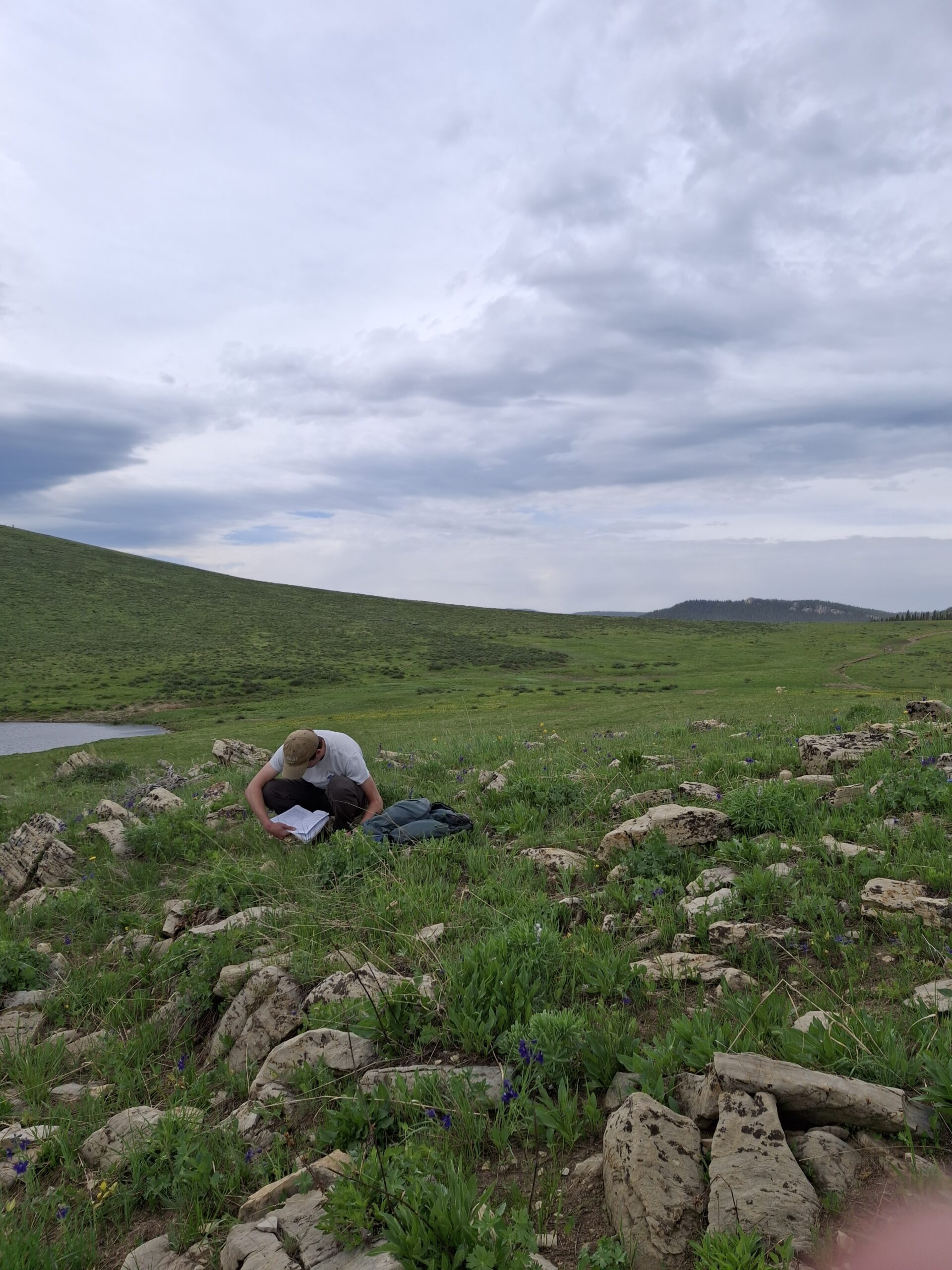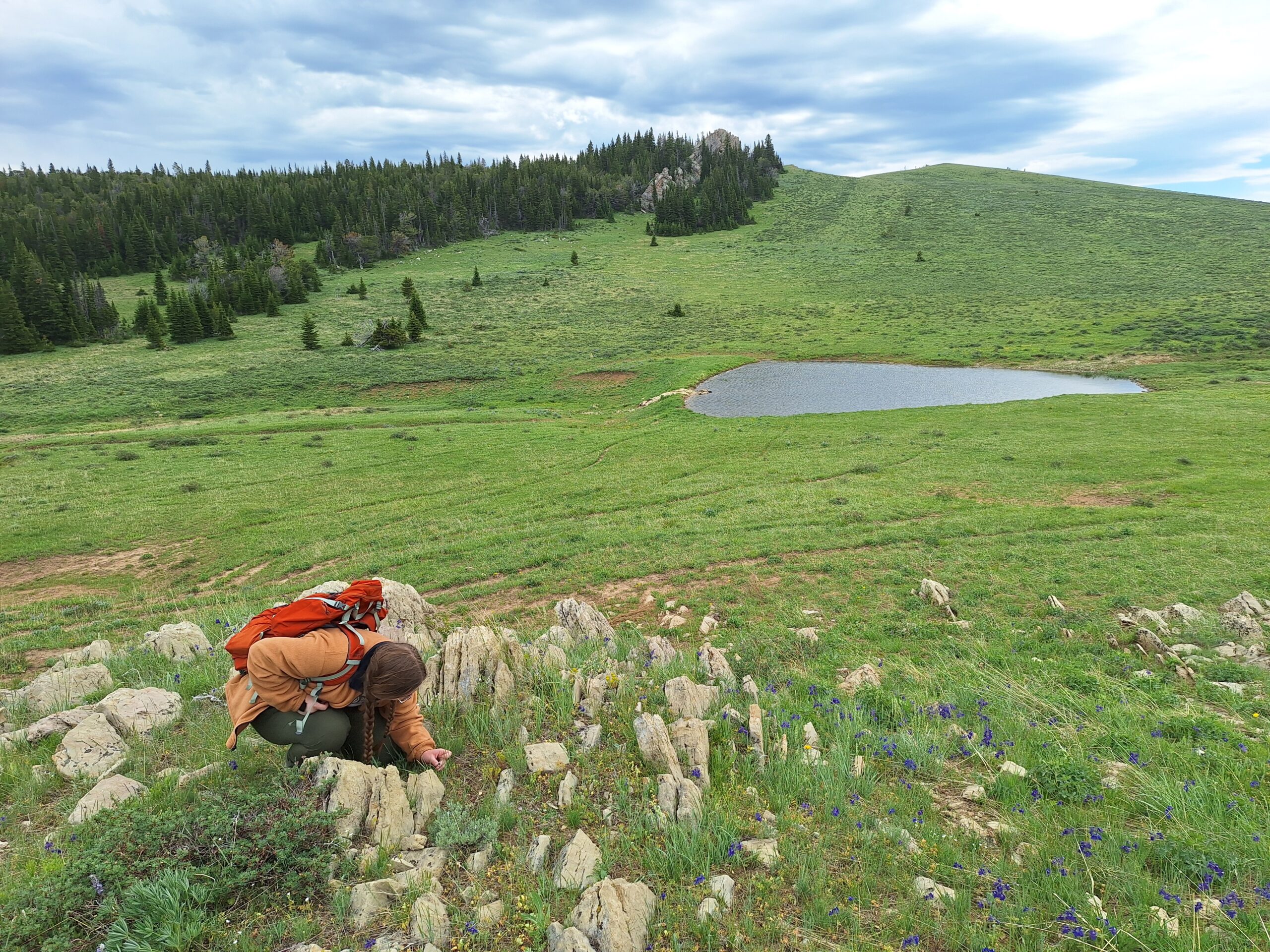More of a re-potting, really… Here we are in Sheridan, Wyoming! To the West, the Big Horn National Forest rises up from gentle foothills blanketed in Yellow Sweet Clover. Within the forest, the Cloud Peak Wilderness juts into the sky, Cloud Peak poking its crown higher than 13,000 feet! The air here is rarer than in the mountains familiar to me, Washington’s Cascades and Olympics. Just a few weeks ago, I plucked up my roots from my hometown of Seattle to embark on an adventure to learn the flora of the rest of the country and to provide a valuable resource for conservation projects in our National Forests: Native seeds!
It’s early in the season, especially at the higher elevations in the forest. Snow had just melted out of the montane meadows only a few weeks before we arrived in early June. This means many plants are just coming out, and the earliest blooms are now in flower. Still too early to collect seed! Right now, the Rocky Mountain Herbarium Specimen Database and iNaturalist have been our best friends as we use historic records to locate populations of plants on our collection list. Some of the best finds have been several great populations of Eriogonum umbellatum (Sulfur buckwheat) in flower that will be ready for collection in a week or two.

There’s a lot to know on any one Forest, and when we’re not out scouting populations for seed collection, we’re getting a grand tour of the scope of what a Forest Service botany crew works on day in and day out.
We’ve been out with hydrologists planning the best spots for willow plantings in a wetland restoration site with beaver dam analogs. The willows need moist spots that won’t get too waterlogged, and they’ll need to be fenced in for protection (baby willows are tasty moose munch!)

We’ve documented locations of sensitive species, keying out the sensitive Linanthus watsonii in the field, which looks a lot like its more common cousin, Phlox hoodii. We located Linanthus very near to a popular climbing spot in Ten Sleep Canyon, which gets a LOT of traffic, so botanists here need to assess what special precautions should be taken to protect this special plant.
Along the way, there have been plenty of Foresters to meet, landmarks to learn, and of course, plants to get excited about. We’re getting the lay of the land and picking up the lingo too—if you told us there’s Monarda past Burgess up on Freeze Out, we’d know exactly what you mean (and we’d be pumped!)


It’s beautiful land up here, and the soil is rich for exploration. This past month, we’ve rooted and are soaking it all in. Time to bolt and blossom—soon enough, we’ll have the fruits of our labor to show for it!
